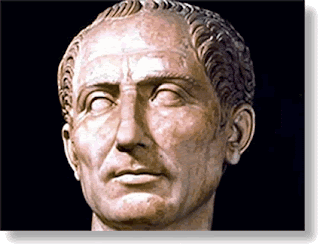Accordingly, the best definitions of satire should be formulated from a combination of its corrective intent and its literary method of execution. Satire is mainly a literature genre or form, although in practice it can also be found in the graphic and performing arts. In satire, vices, follies, abuses and shortcomings are held up to ridicule, ideally with the intent of shaming individuals, and society itself, into improvement. Although satire is supposed to be funny, its greater purpose is often constructive social criticism, using wit as a weapon.
A common feature of satire is strong irony or sarcasm (in satire, irony is militant) but parody, burlesque, exaggeration, juxtaposition, comparison, analogy, and double entendre are all frequently used in satirical speech and writing. This “militant” irony or sarcasm often professes to approve (or at least accept as natural) the very things the satirist wishes to attack. The satire must be presented in a manner which will bring action, and in a world of complacent hypocrites, irony, with its various means of presentation, is essential; the message cannot be delivered without it, if that message is to have any tangible effect. In a two word abstract, the purpose of satire is the correction or deterrence of vice, and its method is to attack hypocrisy through the ironic contrast between values and actions.
This is an example of how satire or parody works. A famous video of John Stewart defending Islamophobia in United States of America. Let's take a look....










